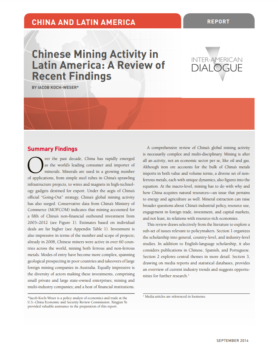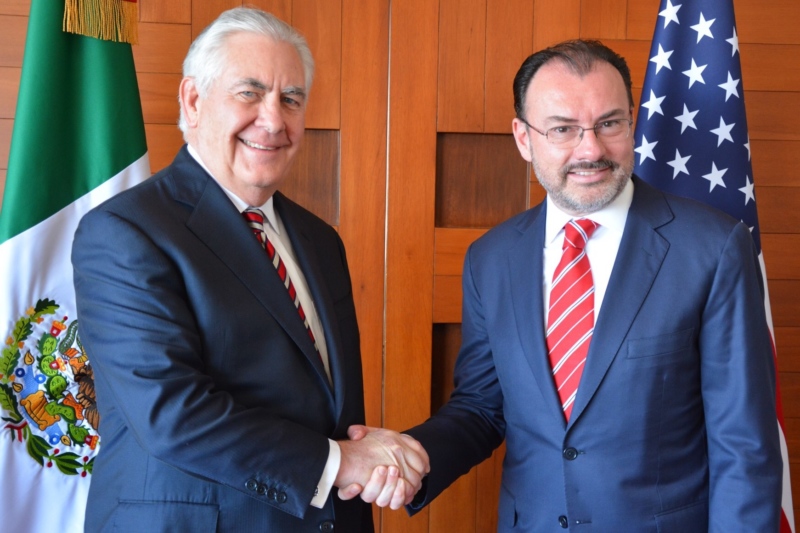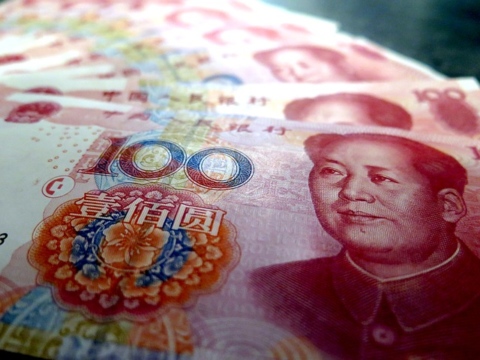
Chinese Mining Activity in Latin America
China has rapidly emerged as the world’s leading consumer and importer of minerals.
A recent article by Evan Ellis addresses the important question of what Washington’s response to China’s growing presence in Latin America should look like. It coincides with Secretary of State Rex Tillerson’s visit to five Latin American countries and comes only days after the Second Ministerial Meeting of the China-CELAC Forum in Chile’s capital.
The notion of “countering,” or opposing, Chinese influence overseas has come into vogue lately, built on the premise (concisely worded by Dr. Ellis’ article) that the People’s Republic is actively building “a world that is not one that Latin Americans and others would find desirable.” The Trump administration’s National Defense Strategy introduces the term “predatory” to describe China’s approach to the region. However, instead of “countering” Chinese advances in the region, what is needed is a better understanding of Beijing’s intentions and impact, and a level-headed strategy of constructive engagement centered on Latin America itself, rather than on China.
Within the context of Chinese engagement with Latin America, several points are worth noting. First, claims that what China is trying to build in Latin America is undesirable fly in the face of Beijing’s proposed designs for the region (detailed in programmatic policy papers), which offer a blue-print for far-reaching developmental cooperation and address issues (including scientific advancement, physical integration, human security, and sustainable development) that the U.S. has largely failed to prioritize and that Latin American countries badly need and want.
A second point is that even today most of Latin America—to the extent that it is reliant on any one country—is more reliant on the United States than it is on China. This is rooted in the hemisphere’s geography, history and the countries’ cultural proximity. Furthermore, that level of dependence is mutual: the lion’s share of the region’s foreign direct investment still originates in the U.S.; Latin America constitutes almost 25% of total U.S. trade; and its producers export three times more to Latin America than to China. Mexico’s economy, for example, is thoroughly intertwined with that of the United States. Washington’s key ally in South America, Colombia, sells 33% of its goods by value to the U.S. and received as much as $10 billion over the past 15 years to combat drug production and trafficking. This is also without mentioning the uncomfortable truth that the U.S. is the largest buyer of Venezuelan crude oil, which accounts for almost a quarter of the Maduro regime’s income.
[…]
China has rapidly emerged as the world’s leading consumer and importer of minerals.
Despite slowing economic growth in China, the country’s banks remain a primary source of finance for certain Latin American nations.
What actions should governments in the region be taking in light of China’s changing role in the global economy?
 U.S. Department of State / Flickr
U.S. Department of State / Flickr
 Video
Video
